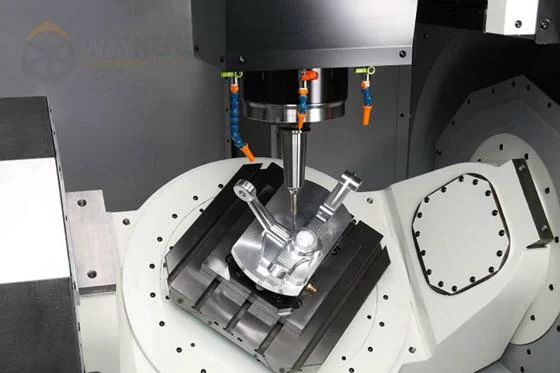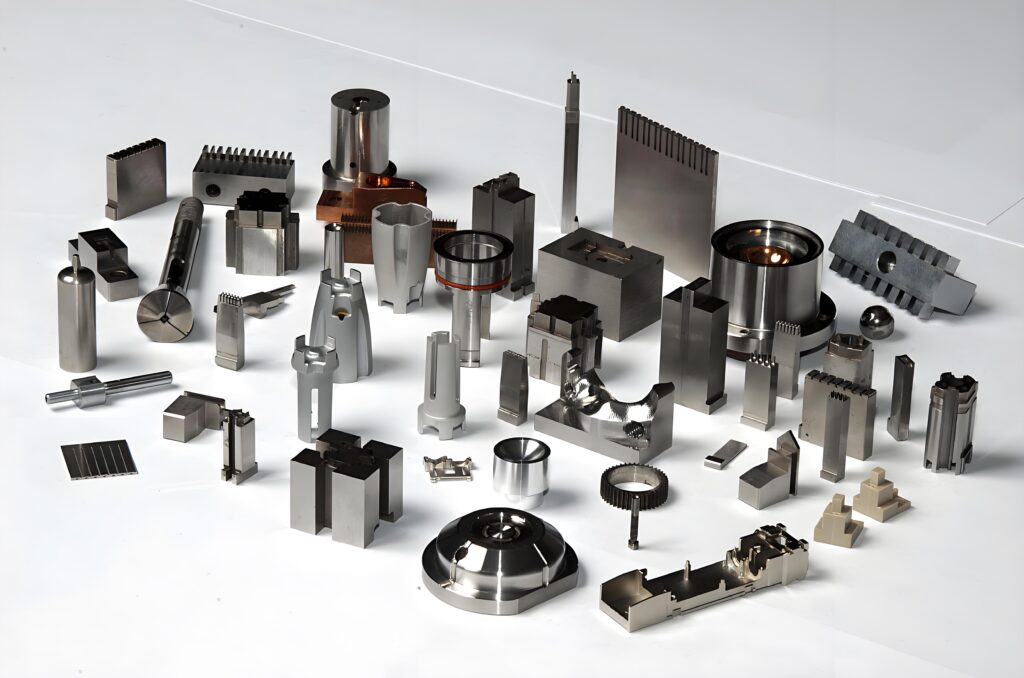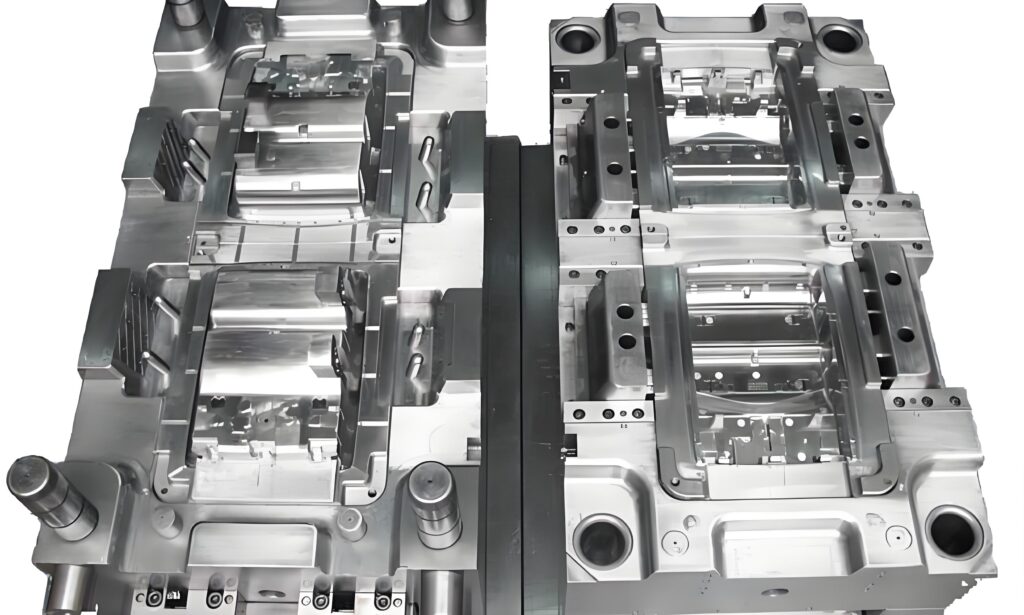Injection molding is a widely used manufacturing process, but defects often occur due to design flaws, material issues, process parameters, or mold imperfections. This article analyzes six common defects with technical solutions supported by industry data.
1. Sink Marks
Description
Surface depressions typically appear in thick-walled sections or rib intersections.
Root Causes
- Uneven material shrinkage: Rapid surface solidification prevents internal material compensation.
- Insufficient packing pressure/duration: Incomplete cavity filling during holding phase.
- Poor gate design: Suboptimal gate location or size hinders material flow.
Solutions
- Optimize packing parameters: Extend holding time (recommended 80-90% of injection pressure)
- Redesign wall thickness: Implement gradual transitions or coring structures
- Use low-shrinkage materials: Glass-filled polymers (e.g., PA+GF50%
2. Flash
Description
Excess material leakage along mold parting lines.
Root Causes
- Mold clamping issues: Worn tooling or inadequate tonnage
- Excessive injection pressure: Exceeds mold structural limits
- High material fluidity: Low-viscosity resins like PP
Solutions
- Perform mold maintenance: Polish parting surfaces, increase clamping force (≥ injection pressure × projected area)[^4]
- Reduce injection speed: Implement velocity profiling
- Select high-viscosity alternatives: PC or ABS
3. Short Shot
Description
Incomplete cavity filling resulting in missing features.
Root Causes
- Low melt temperature: Insufficient material flow
- Poor venting: Trapped air blocks material advance
- Runner system defects: Undersized gates or long flow paths
Solutions
- Adjust process parameters: Increase barrel temperature (material-specific ±5℃ range)
- Improve venting: Add 0.02-0.04mm deep vents
- Conduct mold flow analysis: Optimize gate locations using simulation tools
4. Warpage
Description
Part distortion after ejection due to internal stresses.
Root Causes
- Non-uniform cooling: Differential shrinkage rates
- Molecular orientation: Anisotropic shrinkage behavior
- Ejection imbalance: Uneven force distribution
Solutions
- Extend cooling time: 40-60% of cycle time
- Implement zonal temperature control: ±3℃ mold temperature variation
- Add structural reinforcements: Ribs or arched surfaces
5. Weld Lines
Description
Visible seams where melt fronts converge.
Root Causes
- Low melt temperature: Insufficient fusion energy
- Acute convergence angles: <135° meeting angles
- Gas entrapment: Air pockets at flow fronts
Solutions
- Raise melt temperature: Especially at convergence zones
- Modify gate arrangement: Achieve parallel flow fronts2
- Use compatibilizers: PC/ABS blends with bonding agents
6. VoidsDescription
Internal air pockets or surface blisters.
Root Causes
- Volatile gas release: Moisture degradation (>0.02% content)
- Inadequate packing: Vacuum bubble formation
- Rapid injection speed: Air entrapment
Solutions
- Preheat materials: Dry hygroscopic resins (e.g., PA at 120℃/4hr)
- Apply slow-fast injection profile: Gradual fill with packing compensation
- Increase back pressure: 5-15MPa range for gas expulsion
Conclusion
Advanced DFM practices , parameter optimization, and AI-driven tools like Materials.AI significantly reduce molding defects. Industry trends indicate 25% increased adoption of glass-filled materials and automated process monitoring to achieve zero-defect production.



